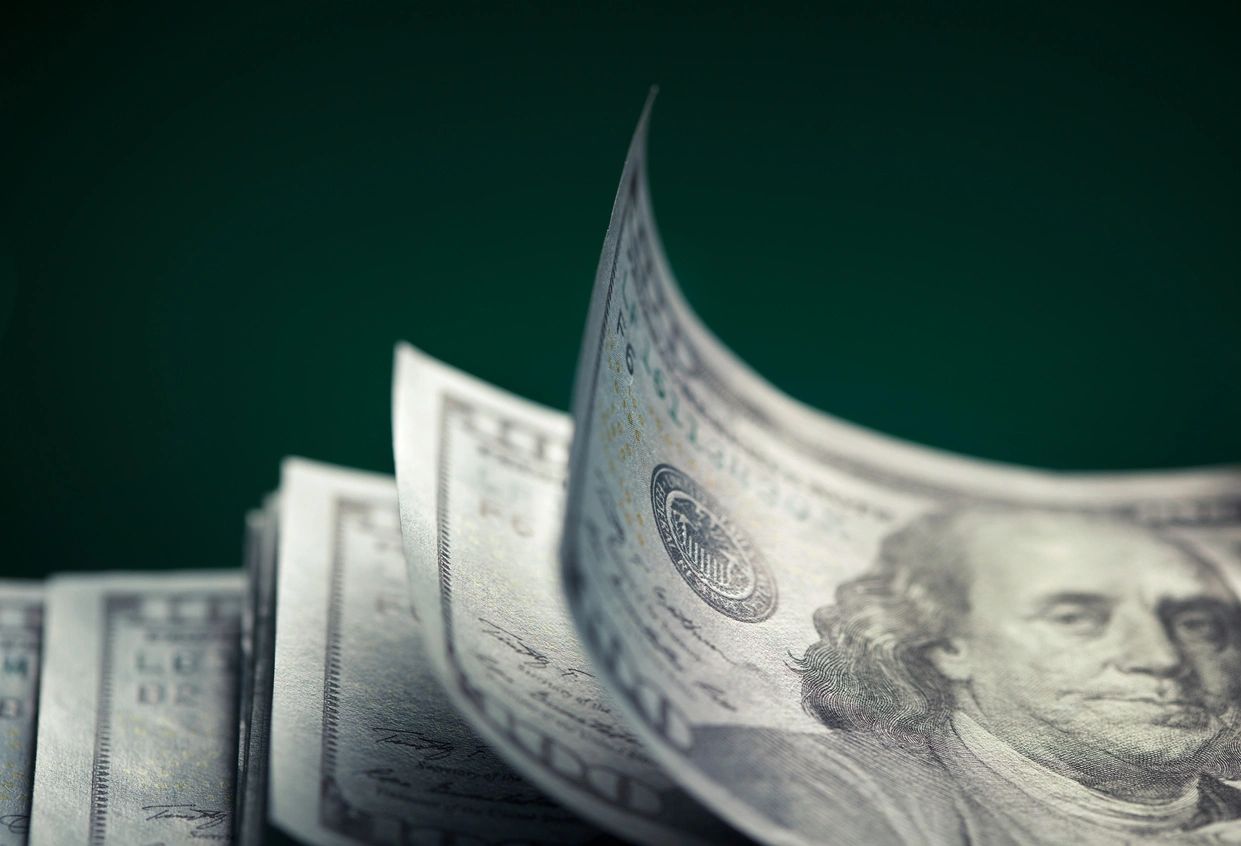Life has a way of throwing curveballs when we least expect them. From sudden medical bills to unexpected car repairs, emergencies often come with a hefty price tag. Without a financial safety net, these situations can derail your stability. That’s where an emergency fund comes in—a cornerstone of prudent money management. Not only does it provide a cushion for unforeseen expenses, but it also brings peace of mind knowing you’re prepared for life’s surprises.
What is an Emergency Fund?
An emergency fund is a dedicated pool of savings designed to cover unexpected expenses. Unlike other savings goals—like a vacation or a new gadget—this fund is meant to stay untouched until a genuine emergency arises. It’s your buffer against falling into debt or financial insecurity during tough times. Ideally, this money is kept in a liquid, easily accessible account, ensuring you can use it the moment you need it.
Benefits of Having an Emergency Fund
Building an emergency fund offers more than just monetary benefits; it provides emotional and psychological security. Knowing you have a safety net helps reduce stress and fosters confidence in tackling financial challenges. Additionally, it prevents the need to rely on high-interest credit cards or loans, preserving your financial health. Whether it’s covering medical emergencies, navigating a job loss, or managing home repairs, an emergency fund ensures life’s hurdles don’t turn into financial disasters.
How Much Should You Save?
The general rule of thumb is to save three to six months’ worth of living expenses. However, the exact amount depends on your individual circumstances. Factors such as your job stability, monthly obligations, and number of dependents play a significant role. For instance, if you’re self-employed or working in an industry prone to layoffs, a larger fund may be necessary. Calculating this involves tallying essential expenses like rent, groceries, utilities, and transportation to determine your baseline.
Steps to Build Your Emergency Fund
- Assess Your Financial Situation: Start by analyzing your current income, expenses, and debts. Identify areas where you can cut back to free up money for your fund.
- Set a Savings Goal: Break your goal into manageable chunks. For example, aim to save $1,000 as an initial milestone before expanding to a three-month reserve.
- Create a Budget: Use budgeting strategies to allocate a portion of your income specifically for your emergency fund. Automating your savings can make this process seamless.
- Boost Your Income: Consider side gigs, selling unused items, or freelance opportunities to speed up your savings progress.
- Open a Separate Account: Keep your emergency fund in a high-yield savings account to earn interest while maintaining accessibility.
Tips for Maintaining and Growing Your Fund
Once your emergency fund is established, the key is to protect it. Avoid the temptation to dip into it for non-essential expenses. Regularly review your fund to ensure it aligns with your current lifestyle and financial needs. If possible, continue contributing small amounts even after reaching your goal. This ensures your fund keeps pace with inflation and growing expenses.
Common Mistakes to Avoid
- Underestimating Your Needs: Saving less than three months of expenses can leave you vulnerable in a prolonged crisis.
- Using the Fund for Non-Essentials: Keep your fund reserved strictly for emergencies, not discretionary spending.
- Neglecting to Replenish: After using your fund, prioritize rebuilding it to full capacity.
- Ignoring Inflation: Periodically reassess your fund to account for cost-of-living increases and adjust your savings accordingly.
Summary: Peace of Mind through Financial Preparedness
An emergency fund isn’t just a financial strategy; it’s a lifeline. By building and maintaining this essential safety net, you’re investing in your long-term stability and peace of mind. Life’s uncertainties may be inevitable, but their impact doesn’t have to be catastrophic. Start small, stay consistent, and embrace the empowerment that comes from being financially prepared. After all, a well-planned emergency fund isn’t just about surviving; it’s about thriving through life’s challenges.
Please like, comment, and share this article if you found it helpful and
informative.
Visit https://bigtownbulletin.com if you would like to see more of this content.
Please like, comment, and share this article if you found it helpful and
informative.
For more news check out Big Town Bulletin News
For more from Big Town Bulletin check out Big Town Bulletin


